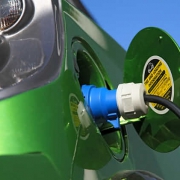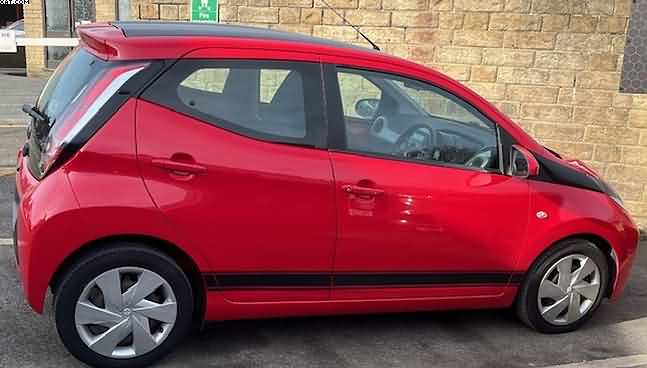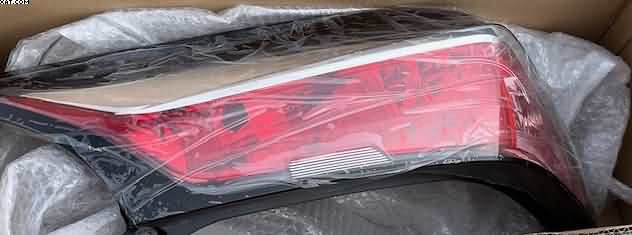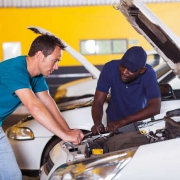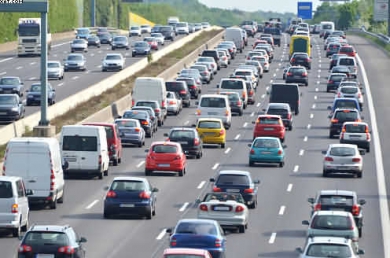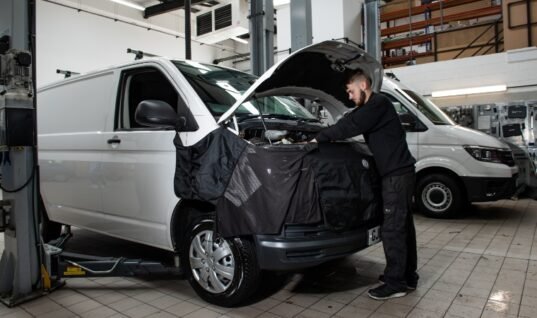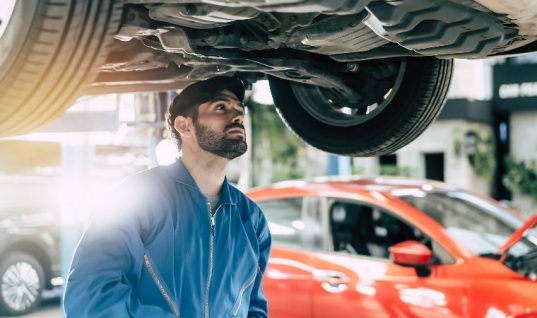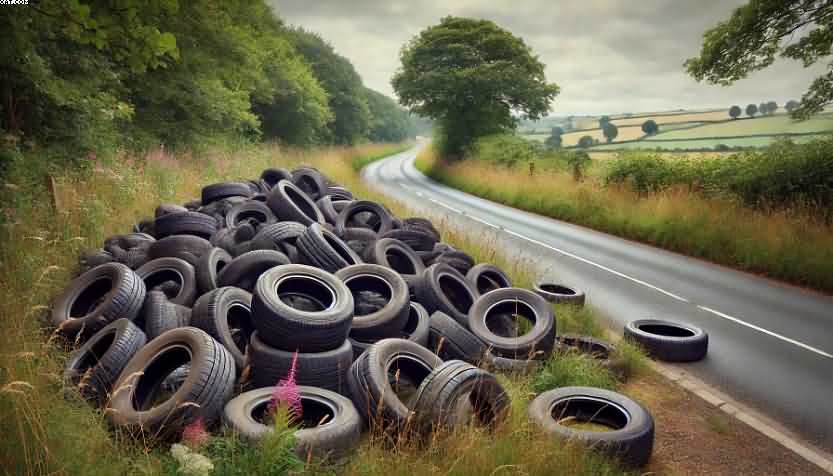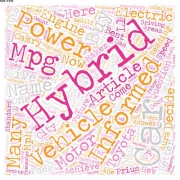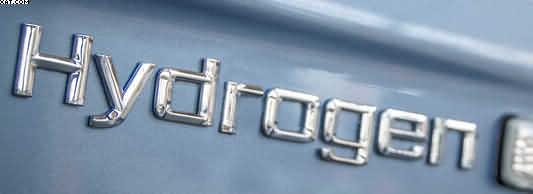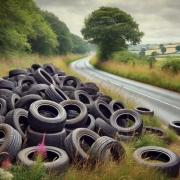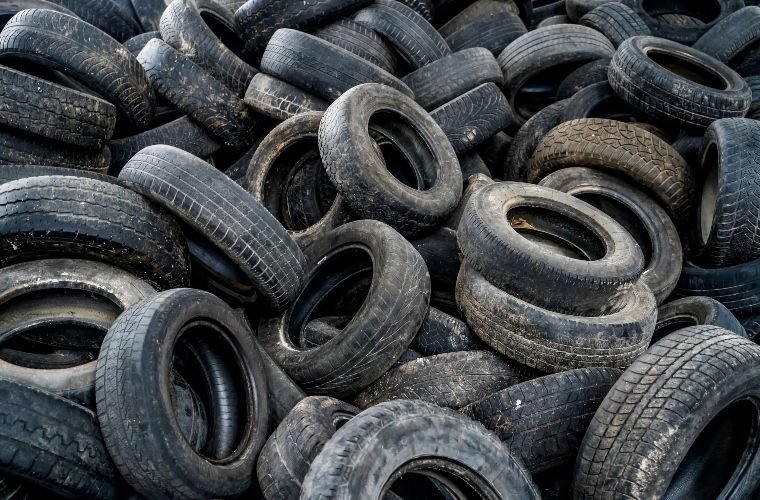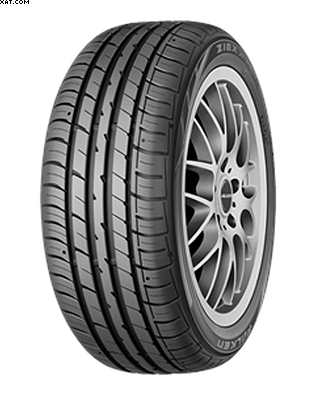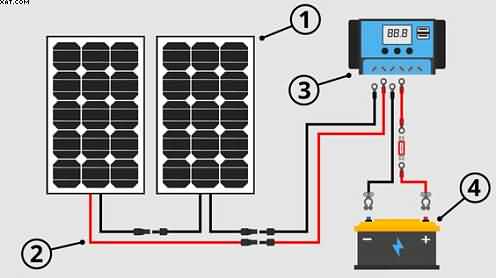Electric Classic Mini-British firm launches classic Mini electrification kit
Table of Contents
Electric Classic Mini
Electric Classic Mini
So, as a guy who has owned three of these fabulous little cars in the past, this development excites me! I am a garage owner who has spent the past forty-odd years repairing and servicing conventional cars and vans. Then I am not a fan of Electrical car developments (EV’s). Because I think that the EV’s are going to be a threat to our very existence.
Certainly indeed! Embark on an exploration of the narrative surrounding the company’s eco-conscious conversion of the classic petrol-powered Mini into a contemporary electric vehicle (EV).
Imagine the renowned Mini,
an emblematic representation of British automotive legacy, navigating the thoroughfares of Halifax in an electric configuration. That is certainly a transformation deserving of discussion.
A company in the centre of the United Kingdom, where innovation and history frequently intersect, has given the classic Mini an eco-friendly redesign. Embracing the future while paying homage to the past distinguishes this automobile from others.
The standard petrol-powered Mini, renowned for its compact dimensions and enduring aesthetics, holds a special place in the affections of numerous individuals, including ourselves in Halifax. However, in light of the global transition towards more environmentally friendly and sustainable modes of transport, it was merely a matter of time before an individual attempted to electrify this iconic structure in Britain.
This incredible accomplishment -Electric Classic Mini
was accomplished by a regional organisation that recognises the allure of the Mini as well as the necessity for environmentally sustainable alternatives. The iconic Mini, which has gained widespread adoration, was transformed into a contemporary electric vehicle that embodies elegance and ecological consciousness.
Currently, one may inquire as to why Halifax, specifically, was selected for this undertaking. Our community, in fact, has a long history of innovation and adaptation. From the time of the industrial revolution until the present, considerable change has occurred. Moreover, this organisation, much like those early pioneers, recognised the potential to merge history and advancement.
The outcome is a Mini-Electric Classic Mini-
that operates on electricity and produces no emissions while meandering through our cobblestone pathways. This fusion of the classic Mini and electric prowess is a marvel to behold, featuring the iconic silhouette of the Mini while operating silently on electricity.
The transformation, however, continued beyond the engine. Additionally, they have upgraded its technology by installing contemporary features that enhance the driving experience. Featuring cutting-edge infotainment and regenerative braking, this electric Mini is both fashionable and intelligent.
Even better, this metamorphosis -Electric Classic Mini
is merely one illustration of the inventive spirit that flourishes throughout Halifax and the United Kingdom. It demonstrates that it is possible to support a sustainable future while preserving our heritage.
Consequently, while strolling through our town and observing the blend of old and new architecture, keep an eye out for these electric Minis. They consistently seek to improve the environmental condition of Halifax and the United Kingdom as a whole, showcasing the resourcefulness of local businesses.
One Mini at a time
The ultimate goal is to transform not only automobiles but also our way of thinking and our dedication to a more sustainable and environmentally friendly future. Salutations to Halifax and its inhabitants, who embody innovation!
However, I must admit that this little red classic mini looks great.
So, it will be an eye-opener for millions of older people who were previous owners. Also, the very thought of the power that this electric conversion will have gives my skin the bumps. However , it is still a rich man’s toy and beyond the means of most people. Including myself!
Although I might add that these people are selling an electrification kit, complete with a battery pack. This will inevitably bring down the price for the experienced DIY mechanics amongst us.
A complete electrification kit which will turn any classic Mini into an electric vehicle has been made available for enthusiasts, specialists and EV conversion businesses. Created in response to growing customer demand to electrify classic cars
Source: British firm launches classic Mini electrification kit – Garagewire

